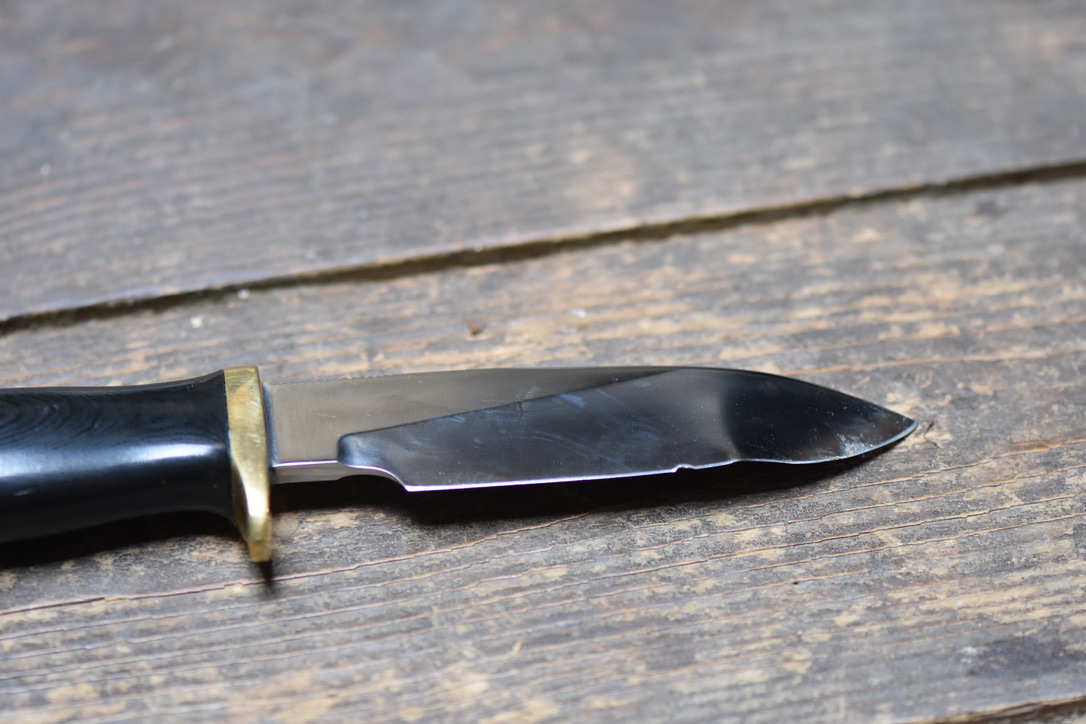- Joined
- Aug 16, 2018
- Messages
- 56
what stainless steel would be best for heavy use?
The BladeForums.com 2024 Traditional Knife is ready to order! See this thread for details:
https://www.bladeforums.com/threads/bladeforums-2024-traditional-knife.2003187/
Price is $300 ea (shipped within CONUS). If you live outside the US, I will contact you after your order for extra shipping charges.
Order here: https://www.bladeforums.com/help/2024-traditional/ - Order as many as you like, we have plenty.
Elmax and Vanax.
Trust this manElmax and Vanax.
what stainless steel would be best for heavy use?
Hardness
Hardness is the ability to resist deforming when subject to stress and applied forces. Hardness in knife steels is directly correlated to strength and is generally measured using the Rockwell C scale (aka “HRC”).
Toughness
Toughness is the ability to resist damage like cracks or chips when subject to impact or “sudden loads”. Chipping is a knife’s worst enemy and never easy to fix. There are a number of different ways to measure toughness (i.e. Charpy, Izod) thus it’s less standardized than hardness when it comes to knives. In general, the harder the steel the less tough it’s likely to be.
Wear Resistance
Wear resistance is the steel’s ability to withstand damage from both abrasive and adhesive wear. Abrasive wear occurs when harder particles pass over a softer surface. Adhesive wear occurs when debris is dislodged from one surface and attaches to the other. Wear resistance generally correlates with the steel’s hardness but is also heavily influenced by the specific chemistry of the steel. In steels of equal hardness, the steel with larger carbides (think microscopic, hard, wear resistant particles) will typically resist wear better. However, carbides can become brittle and crack, thus decreasing toughness.
Corrosion Resistance
Corrosion resistance is the ability to resist corrosion such as rust caused by external elements like humidity, moisture and salt. Note that a high resistance to corrosion does involve a sacrifice in the overall edge performance.
Edge Retention
Edge Retention represents how long the blade will retain its sharpness when subject to periods of use. It’s what everyone talks about these days but unfortunately the measurement of edge retention lacks any defined set of standards and so much of the data is subjective. For me, edge retention is a combination of wear resistance and an edge that resists deformation.

If the Randall is stainless, it’s probably 440-B.Charlie Mike told you the toughest powder stainless steels -- Vanax SC and Elmax. Those are awesome steels.
AEB-L is an ingot stainless and is tougher still, but with a loss of wear resistance over Vanax and Elmax.
But you might want to consider what you're going to use the knife for, as Marcinek says. "Toughness" is the ability to resist cracks and breaks and chips, but that doesn't mean a tough knife is good for heavy use.
Here's a very, very tough knife that is not up to hard use.

Ouch!!!!!!!!!!!! Would love to hear the story behind this one.Charlie Mike told you the toughest powder stainless steels -- Vanax SC and Elmax. Those are awesome steels.
AEB-L is an ingot stainless and is tougher still, but with a loss of wear resistance over Vanax and Elmax.
But you might want to consider what you're going to use the knife for, as Marcinek says. "Toughness" is the ability to resist cracks and breaks and chips, but that doesn't mean a tough knife is good for heavy use.
Here's a very, very tough knife that is not up to hard use.

If the Randall is stainless, it’s probably 440-B.
Ouch!!!!!!!!!!!! Would love to hear the story behind this one.
